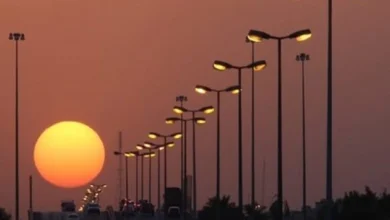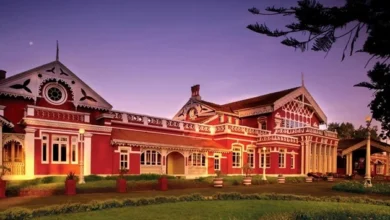6 lost cities you can visit today
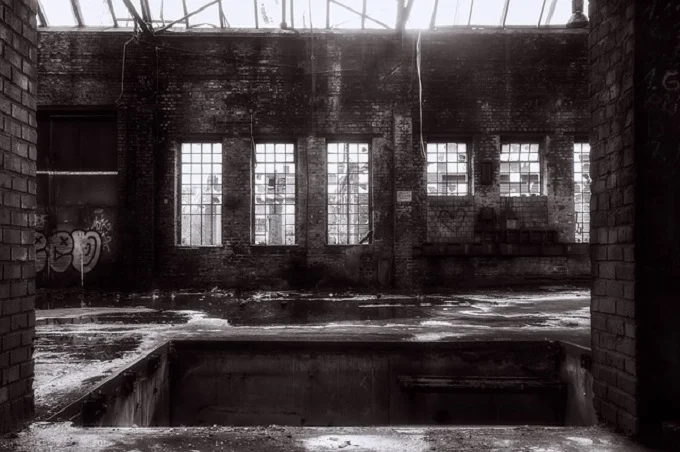
Until the 19th century, no one cared about the ruins of once-great cities. With the development of archeology, interest increased, and hundreds of expeditions began to work around the world, the purpose of which was to search for artifacts valuable from the point of view of archeology. Many architectural monuments were found, but some cities remained unknown for a long time, especially those lost in the jungles of South and Central America.
Only recently were the lost cities discovered, which today you can visit and marvel at the skill of the people of antiquity.
1. Caracol, Belize
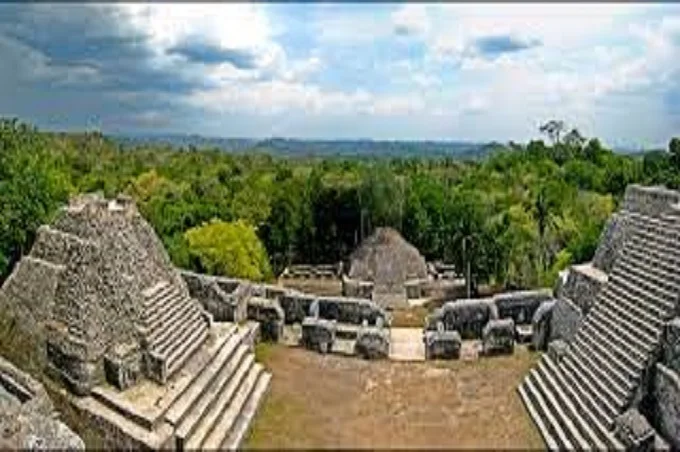
Archaeologists have long considered the city of Caracol to be of little significance to the Maya. Later, after additional research, it was found that Caracol was one of the main political centers of the Maya in the classical period. Caracol occupied about 200 square kilometers, which is much larger than the territory of the capital of Belize.
The city was first discovered in 1937, and its exploration began only in the 50s of the XX century and continues to this day. Like other cities in the region, Caracol died out after the decline of the Mayan civilization.
There are temples, altars, many stelae, ball fields, markets, and residential buildings on the city’s territory. Temple buildings are well preserved, including the main temple forty meters high. Thanks to the efforts of archaeologists, you can enjoy an almost perfect view of the culture of ancient peoples. To get the latest stories, install our app here
2. Copan, Honduras
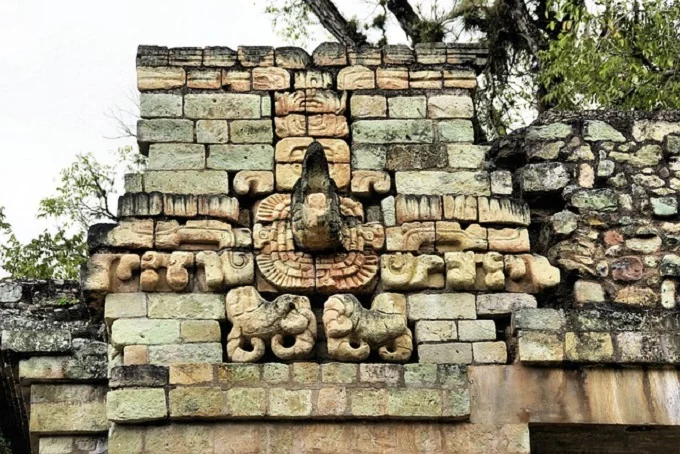
Copan is one of the largest archaeological sites in Honduras. This city existed from about the 1st century BC, and from the 5th to the 9th centuries, it was the capital of the state of Shukuup.
Like many major Mayan cities, Copan was abandoned around the 9th century, when all the region’s states began to decline due to wars, social crises, and prolonged drought.
The first description of Copan dates back to the end of the 16th century, and its research began only at the end of the 19th century. Excavations and restoration started in the 30s-40s of the 20th century. Since the 1970s, they created a large-scale study of the architectural monument with the involvement of specialists from all over the world. To get the latest stories, install our app here
The area of Copan is 24 square kilometers. On the city’s territory, there are steles, a complex of palaces and temples, and residential buildings, stairs, roads, and stadiums. Many of the objects have yet to be freed from the centuries-old capture by the jungle. Still, even now, you can appreciate the scale and beauty of the city, its complete dissimilarity to European architectural monuments.
In the 1980s, UNESCO named Copan an important city and added it to its list of protected state sites.
3. Coba, Mexico
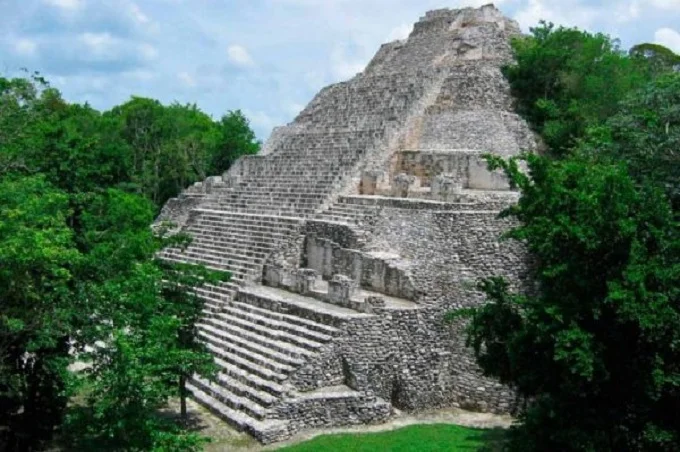
Unlike most of the cities described above, the ancient city of Coba is more friendly for tourists, because here the Mexican authorities have organized a fairly high level of service. It was the largest city of the Maya, located on more than 80 square meters and accommodating up to 100 thousand people.
Unlike other lost cities of the Indians, large-scale restoration was not carried out here. Archaeologists simply cut down the jungle around 6.5 thousand buildings. Even though only part of the buildings is available to tourists, this is enough to be impressed by the engineering skills and Mayan culture.
For a long time, Coba was the centre of trade, gradually losing influence due to the growth in the importance of another metropolis – Chichen Itza. By the time the conquistadors landed, the city was completely abandoned and forgotten for many centuries. Research began in 1926 and continues to the present.
The tourist will be met by high temples, markets, residential buildings, and many other buildings here. The largest building is the Nooch Mul pyramid, 42 meters high as the tourists who visited this place say, from its top, a stunning view of the city.
4. Ciudad Perdida, Colombia
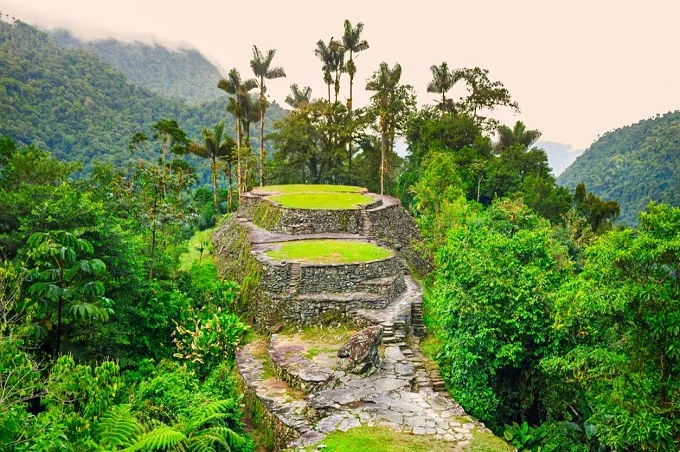
This ancient lost city, founded around the year 800, was discovered by the Spanish conquistadors, who named it Ciudad Perdida (“lost city”), while in India, it is called Teyuna. It was later forgotten for many centuries and rediscovered by grave robbers in 1972. Archaeological research began only in 1976.
Up to eight thousand people lived in Ciudad Perdida, and it was a local political and industrial centre, having 169 agricultural terraces carved into the mountain slopes on its territory. Residents laid a network of paved roads built city squares, stone stairs, and other infrastructure buildings.
For a long time, neither archaeologists nor tourists could get into Ciudad Perdida due to hostilities between the Colombian government and armed groups. In 2005, excursions resumed, and now you can look at the culture of the ancient peoples under the protection of the state services of the country.
5. Kuelap, Peru
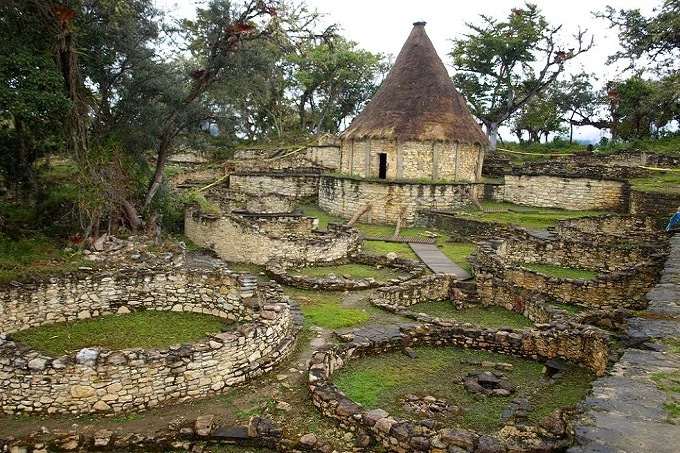
Kuelap is a necropolis sanctuary left from the Chachapoya civilization, located at an altitude of three thousand meters above sea level on a cliff surrounded by tropical forest. For a long time after the capture of the Incas by the Spaniards, Kuelap was lost in the jungle, and it was discovered only in the middle of the 19th century.
The sanctuary was badly destroyed, and it could not be restored because it was first defeated by the Incas, who conquered the Chachapoya, and then by the Spaniards. After excavations and restoration, more than 550 buildings were opened to the world – some of them reach a height of two meters.
In the southwestern part of Kuelap, there is a 5.5 meter high round building called El Tintero, which, according to archaeologists, could have been used as a solar observatory.
6. Vilcabamba, Peru
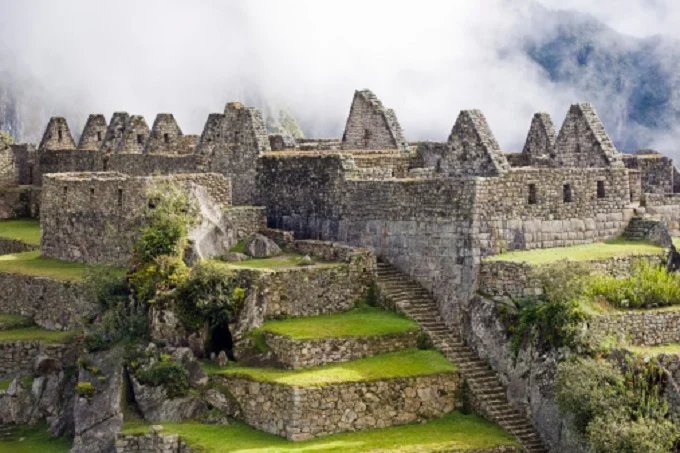
Vilcabamba, or Willcapampa (Aymara and Quechua), is interesting because it is the last refuge of the ruler of the Inca Empire after the invasion of the conquistadors. From 1539 to 1572 the city was the capital of the Incas until it fell during the conquest by the Spaniards. It is also called the “lost city of the Incas”. To get the latest stories, install our app here
For a long time, Vilcabamba was abandoned, and its location was lost. The city was rediscovered in 1964 when Gene Savoy determined that the ruins of Vilcabamba were the legendary “lost city of the Incas.”
By the way, Vilcabamba is mentioned in the game Tomb Raider, Shadow Hearts: From the New World, and in several works of fiction, which made this place even more famous.

